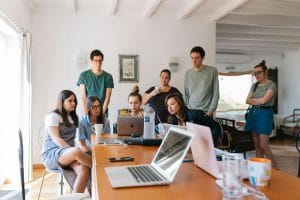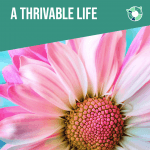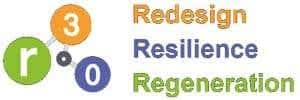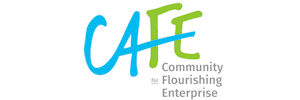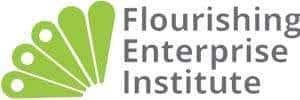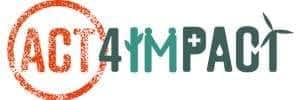Imagine a classroom where every student, regardless of their abilities or background, has an equal opportunity to succeed. This vision lies at the heart of Universal Design for Learning (UDL), an innovative educational framework that redefines how we approach teaching and learning. By focusing on inclusivity and adaptability, UDL ensures that all learners can thrive in equitable learning environments.

Source: TEACHFIND
What is Universal Design for Learning?
Universal Design for Learning is a teaching approach that offers flexible learning pathways to accommodate the diverse needs of all students. Grounded in neuroscience and educational research, UDL emphasises three core principles: Multiple Means of Representation, Engagement, and Action/Expression. These principles empower educators to design lessons that cater to diverse learning needs, breaking down traditional barriers in education.
Universal Design for Learning Core Principles
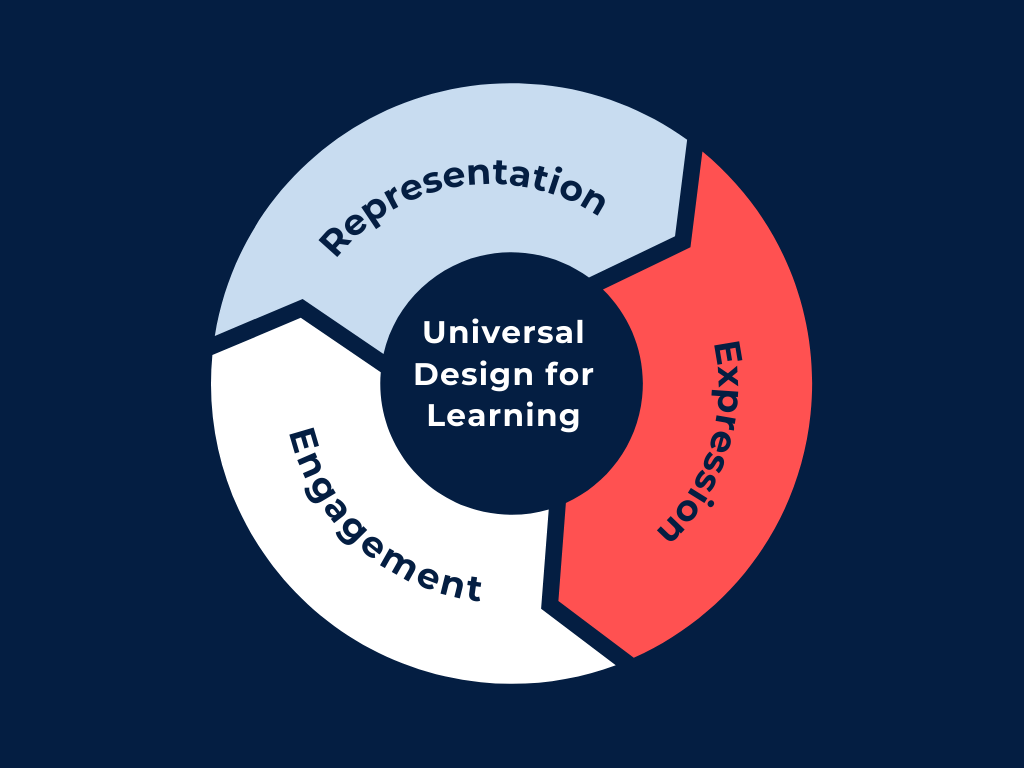
Source: NSW Government website
The core principles of UDL emphasise creating an inclusive learning environment by offering diverse approaches to support all students. First, Multiple Means of Representation ensures that information is presented in various formats, catering to different learning styles, including visual, auditory, and kinesthetic methods. Second, Multiple Means of Engagement promotes student engagement by offering choices, incorporating challenges, and integrating culturally relevant content, which allows students to connect with the material in meaningful ways. Lastly, Multiple Means of Action and Expression provides students with the opportunity to demonstrate their understanding through a variety of formats, such as written essays, presentations, or digital media, allowing for diverse modes of expression and assessment.
Inclusive Education
Every child has the right to a quality education. Inclusive education is the most effective way to give all children a fair chance to go to school, learn, and develop the skills they need to thrive.
Inclusive education means that all children, regardless of their abilities, backgrounds, or language, learn together in shared classrooms and schools. It ensures that students with disabilities, speakers of minority languages, and other traditionally excluded groups have meaningful learning opportunities alongside their peers.
Inclusive learning aligns closely with UDL, a framework for curriculum development aimed at ensuring equal learning opportunities for all students. As described by the National Center on Universal Design for Learning, UDL offers “a blueprint for creating instructional goals, methods, materials, and assessments that work for everyone”. Rather than relying on a single, one-size-fits-all approach, UDL promotes flexible strategies that can be tailored to meet individual needs. This approach parallels Harvard Professor, Howard Gardner’s Theory of Multiple Intelligences, which highlights the diverse ways in which students think, learn, retain information, and demonstrate understanding.
Addressing the Diverse Needs and Abilities of Students
Students enter the classroom with varied backgrounds, abilities, and challenges, including physical disabilities, learning differences, and socio-cultural factors. Traditional teaching methods often fail to accommodate these differences, creating barriers that hinder student success. UDL provides a framework to bridge these gaps, ensuring that all students have equitable access to quality education (World Bank, 2021).
Promoting Empathy and Collaboration
Inclusive classrooms facilitate a culture of empathy and mutual respect. Through UDL principles, students learn to appreciate diverse perspectives, improving social interaction and teamwork skills. For instance, group activities that integrate multiple means of engagement encourage peer support and understanding, reducing biases and promoting empathy.
UDL benefits and how it can promote classroom inclusivity
Inclusive classrooms encourage active participation, collaboration, and empathy among students. By integrating UDL strategies, educators can create environments where every learner feels valued and capable of contributing.
Enhancing Student Outcomes
UDL’s flexibility allows students to learn in ways that align with their strengths, promoting a deeper engagement and improved academic performance. For instance, a student who struggles with reading might excel when presented with video tutorials or audiobooks as alternatives to traditional text-based materials. Studies have shown that offering multiple ways to access and process information leads to a higher retention rate and boosts overall learning outcomes (CAST, 2021). Additionally, UDL promotes self-regulation by encouraging students to choose the methods that work best for them, thereby enhancing their confidence and independence in learning.
Removing Barriers to Participation
Traditional education often assumes a homogenous student population, unintentionally creating obstacles for those who learn differently. UDL dismantles these barriers by offering diverse methods of content delivery and assessment. For example, students with hearing impairments might benefit from sign language interpreters or subtitles in video content, while those with motor disabilities could use voice recognition software to complete written assignments. This adaptability ensures that all learners, regardless of their challenges, have an equal opportunity to engage and succeed in the classroom.
Case Studies: Exploring UDL on a Global and Local Scale
Leveraging Technology for Accessibility
Technology plays an important role in implementing UDL effectively. Tools like interactive whiteboards, speech-to-text software, and gamified learning apps cater to various learning needs. For example, screen readers enable students with visual impairments to access digital materials, those with dyslexia might use tools that modify text presentation to improve readability, while colour-coded annotations can support students with ADHD by helping them focus on key information (National Center on Universal Design for Learning). These tools exemplify how technology can be a bridge rather than a barrier, promoting an inclusive learning environment.
Global Success
Globally, UDL principles are making significant strides in diverse educational contexts. Finland, recognised for its exemplary education system, employs gamified apps to teach mathematics, allowing students to progress at their own pace while maintaining engagement. Additionally, Finland incorporates UDL into teacher training programs, ensuring educators design inclusive lesson plans from the outset. Similarly, Canada has adapted UDL to improve literacy and numeracy in Indigenous communities, utilising culturally relevant teaching methods and assistive technologies to cater to diverse student populations (World Bank, 2021). These examples highlight the adaptability of UDL to meet the needs of students across varied cultural and educational landscapes.
Local Implementation
In Australia, UDL principles are gaining momentum through digital platforms designed to support students with diverse abilities. Programs like ClickView and Edmodo provide audio-visual materials that enhance comprehension for neurodiverse learners. Schools in rural areas utilise mobile learning solutions to overcome geographical challenges, ensuring equitable access to quality education (Australian Department of Education, 2023). Moreover, initiatives like Learning Links and the Remote Education Initiative focus on the unique needs of indigenous and rural students by offering culturally sensitive content and resources. These programs leverage technology and foster community engagement to create inclusive learning environments aligned with UDL principles.
By comparing global and local implementations, it is evident that UDL serves as a universal framework adaptable to various cultural, geographical, and educational contexts. Both the successes of countries like Finland and Canada, and Australia’s targeted initiatives underscore the potential of UDL to transform education on a global scale while addressing local challenges.
Impacts of adapting the UDL framework
Social Impact
Inclusive classrooms promote empathy and mutual respect, creating a culture where differences are celebrated rather than stigmatised. By enabling all students to participate, UDL reduces societal inequalities and promotes social cohesion. For instance, collaborative group projects that incorporate UDL principles encourage peer-to-peer learning and understanding, breaking down biases and fostering inclusive mindsets.
Economic Impact
A workforce equipped with adaptable skills is better prepared for a rapidly changing job market. UDL not only improves educational outcomes but also enhances employability by teaching students critical thinking, problem-solving, and collaboration. According to the World Bank (2021), inclusive education leads to a more skilled and diversified workforce, which is essential for sustainable economic growth.
Environmental Impact
Digital tools and virtual learning platforms reduce the reliance on printed materials, contributing to environmental sustainability. Schools adopting UDL often implement eco-friendly practices, such as digital submissions and online resources, which align with global sustainability goals.
The future of education with Universal design for learning
Transforming Classrooms
UDL is revolutionising education by shifting from a one-size-fits-all approach to a personalised, student-centered model. This transformation equips students to navigate an interconnected and complex world. For example, virtual reality (VR) tools are being integrated into UDL frameworks to simulate real-world scenarios, enhancing experiential learning.
Inspiring Educators
Empowering educators is key to the successful implementation of UDL. Professional development programs focusing on UDL principles equip teachers with the tools and confidence to create inclusive lesson plans. Collaborative platforms where educators can share resources and strategies further enhance the adoption of UDL worldwide.
Practical Steps to Support UDL Implementation
- Professional Development: Schools should offer training programs on UDL strategies to empower educators.
- Curriculum Adaptation: Lesson plans should include flexible assessment methods and diverse instructional materials.
- Technology Integration: Schools should invest in assistive technology and digital learning tools to accommodate diverse learners.
- Community Collaboration: Engaging parents, policymakers, and community organisations ensures widespread UDL adoption.
Conclusion and Call to Action (CTA)
Universal Design for Learning is more than an educational framework; it is a pathway to fostering inclusive and equitable societies. By equipping educators with the tools to address diverse learning needs, UDL ensures that all students have a fair opportunity to succeed. Its adaptability and focus on innovation make it a powerful catalyst for positive change, extending its impact far beyond the classroom.
The journey toward educational equity requires collective action. Educators, policymakers, and communities must embrace UDL principles to create sustainable, thriving environments for learners of all backgrounds. Together, we can champion inclusivity and shape a future where diversity is celebrated and every individual is empowered to reach their full potential.
Achieving the Sustainable Development Goals (SDGs)
Achieving the United Nations’ Sustainable Development Goals (SDGs) starts with making education more inclusive and accessible for all. By embracing frameworks like UDL, we can break down barriers, ensuring that every student, regardless of their abilities or background, has equal opportunity to succeed. This approach not only aligns with SDG4 (Quality Education) but also supports SDG10 (Reduced Inequalities) by addressing disparities and fostering social equity. Together, by prioritising inclusive education, we can build a more sustainable, equitable world where everyone has the opportunity to thrive.
A Thrivable Framework
UDL complements key elements of the THRIVE Framework by promoting inclusion and equity. Both share a foundation in Systems Thinking, recognising the links between education, society, and the environment. UDL’s flexibility supports Values-Based Innovation, encouraging inclusive and creative teaching strategies. With Context-Based Metrics, UDL ensures learning is relevant to local cultural and social needs, specially for marginalised and neurodiverse learners. It also supports Strong Sustainability by fostering social cohesion and equal access to education. This empowers students to contribute to regenerative and resilient communities. Together, UDL and the THRIVE Framework offer a strong model for creating learning systems that support both individual growth and collective thrivability.
To learn more about how THRIVE supports innovative solutions in creating inclusive education frameworks, visit our blogs and whitepapers, subscribe to our newsletter, and join our live webinars. Stay connected with our blog and podcast series for insights into building a future that ensures equitable learning for all. Stay informed via our website and LinkedIn for updates.

